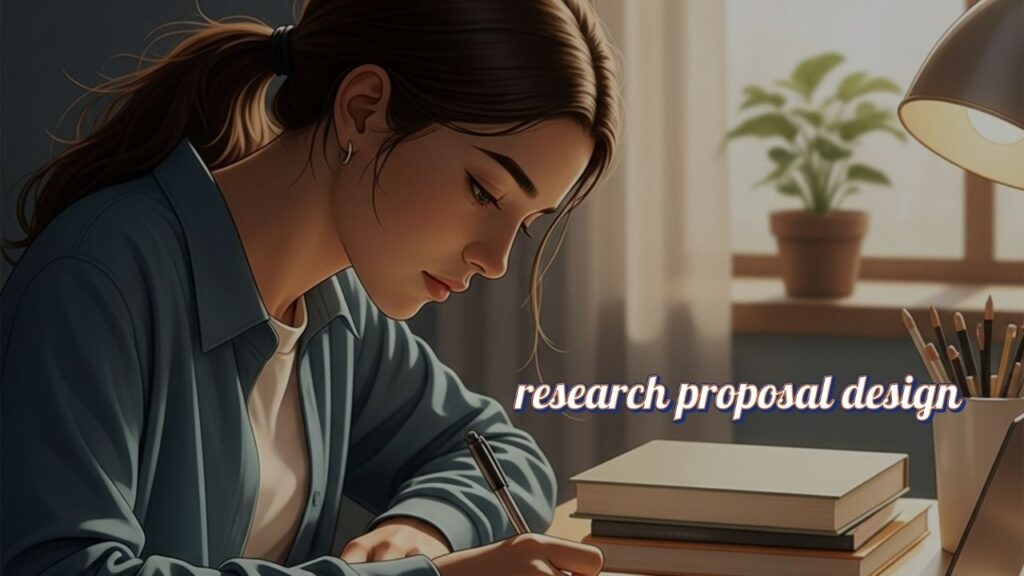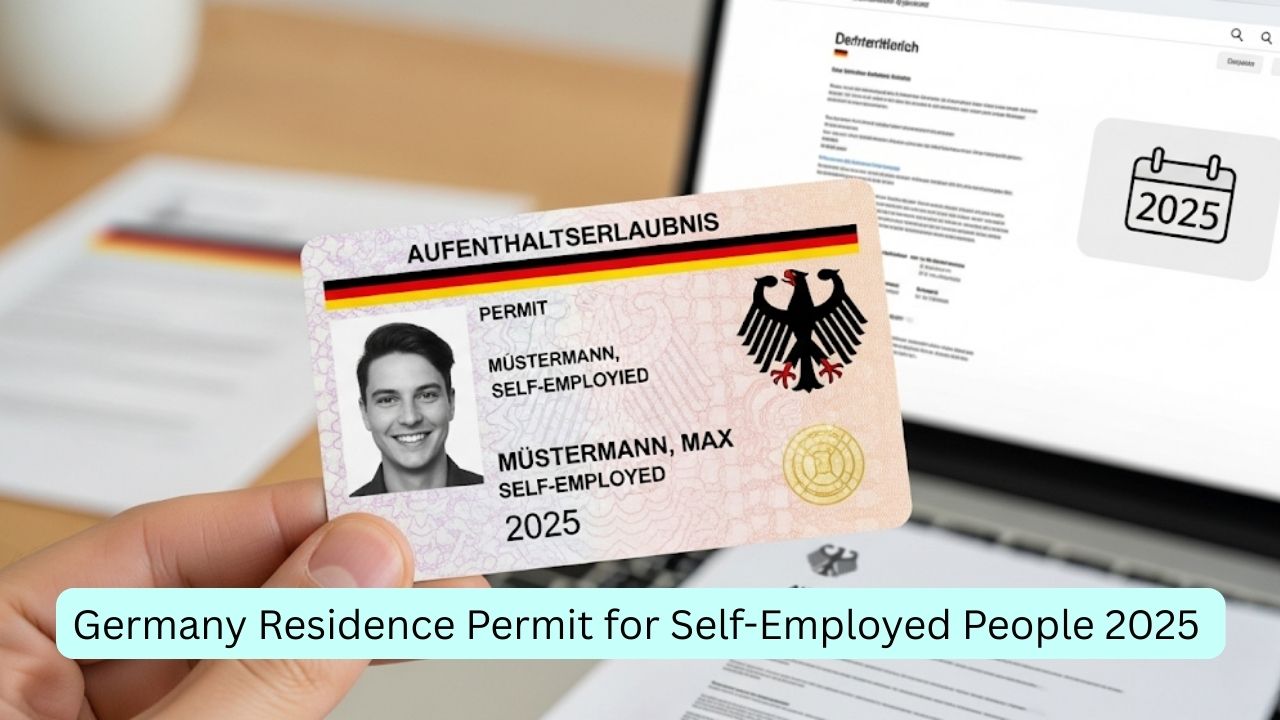Landing a scholarship can feel like finding a hidden treasure, and often, your research proposal design is the map that leads you there. As someone who has advised countless students through this journey, I’ve seen firsthand how a well-crafted proposal can make all the difference. It’s not just about listing your research ideas; it’s about telling a compelling story of your academic potential and vision. For 2026 scholarship applications, understanding the nuances of formatting and structure is key to presenting a high-trust, visually appealing, and ultimately successful application.
The Heart of Your Application: Understanding the Research Proposal
Your research proposal is more than a formality; it’s your intellectual fingerprint. It’s where you articulate your proposed study, demonstrate your understanding of the field, and convince the scholarship committee that you possess the rigor and innovative spirit required to contribute meaningfully. Think of it as a sneak peek into your future academic brilliance. This is particularly crucial for opportunities like a German university scholarship or any fully funded PhD program, where the quality of your research is paramount.

Designing a compelling research proposal design for 2026 scholarship applications is an art and a science. It requires meticulous planning, rigorous research, and effective communication. By focusing on a clear structure, engaging content, and a professional presentation, you can significantly enhance your chances of securing that coveted scholarship. Remember, every successful application starts with a single, well-crafted proposal. Start preparing your application now, and unleash your academic potential!
Why Your Research Proposal Matters
A strong research proposal serves several vital functions:
- Showcases Your Research Acumen: It proves you can identify a research gap, formulate a clear question, and design a methodology to address it.
- Demonstrates Your Commitment: It signals that you’ve put in the effort to thoroughly plan your academic journey.
- Highlights Your Fit: It allows you to align your research interests with the scholarship’s objectives and the university’s strengths.
- Predicts Future Success: Committees view a well-thought-out proposal as an indicator of your ability to complete a demanding academic program.
Crafting Your Proposal: Essential Design Elements for 2026 Applications
While specific requirements vary, a robust research proposal design consistently includes several core components. Adhering to these generally accepted standards, while meticulously checking each scholarship’s guidelines, will set you apart.
The Foundation: Title, Abstract, and Introduction
Every great journey begins with a clear destination and an engaging beginning.
- Compelling Title: Your title should be concise, informative, and indicative of your research focus. It’s the first thing the committee sees, so make it count. For example, instead of “My Project on Climate,” consider “Investigating the Socio-Economic Impacts of Climate Change Adaptation Strategies in Arid Regions.”
- Abstract (Executive Summary): This is a brief, self-contained summary of your entire proposal, typically 150-300 words. It should concisely state your research question, methodology, expected outcomes, and significance. I’ve seen many applicants stumble here by writing a verbose abstract; clarity and conciseness are your allies. It’s often best written after you’ve completed the rest of your proposal.
- Introduction: This section sets the stage. Begin by providing necessary background information, establishing the context of your research, and clearly stating the problem or gap your research aims to address. Conclude your introduction by presenting your specific research question(s) and objectives.
Building the Core: Literature Review, Methodology, and Expected Outcomes
This is where the substance of your proposal truly shines.
- Literature Review: This section demonstrates your familiarity with existing scholarship. Don’t just summarize; critically analyze and synthesize previous research to highlight the gaps your study will fill. This is where you connect your unique idea to the broader academic conversation, proving your expertise in the field.
- Methodology: This is the “how” of your research. Detail the specific methods you will employ to answer your research questions. This includes your research design (e.g., qualitative, quantitative, mixed methods), data collection techniques (e.g., surveys, interviews, experiments), data analysis procedures, and ethical considerations. Be precise and realistic about what you can achieve within the scholarship’s timeframe.
- Expected Outcomes and Significance: What do you anticipate discovering? How will your research contribute to your field, society, or specific policy? Articulate the potential impact of your work clearly. Even if your results aren’t what you initially expected, the intellectual journey and your contribution to knowledge are what matter.

The Practicalities: Timeline, Budget (if applicable), and References
These sections add credibility and demonstrate your organizational skills.
- Timeline (Gantt Chart Recommended): Provide a realistic schedule for your research activities, breaking down your project into manageable phases. This shows you’ve thought through the practicalities of completing your study.
- Budget (If Required): If your scholarship application requires a budget, be meticulous. Itemize all anticipated costs (e.g., research materials, software, travel, transcription services) and justify each expense.
- References: Compile a comprehensive list of all sources cited in your proposal, following a consistent academic citation style (e.g., APA, MLA, Chicago). This not only acknowledges your sources but also demonstrates your rigorous academic practice.
Formatting and Structure: Making Your Proposal Reader-Friendly
A brilliant research idea can be overshadowed by poor presentation. The format and structure of your proposal are just as important as its content. Think of it as the packaging for your intellectual gem.
Clarity and Conciseness are King
- Paragraph Length: Keep paragraphs focused, typically no more than 4-5 lines. Longer paragraphs are acceptable if a single idea requires more space, but break up large blocks of text to improve readability.
- Sentence Structure: Vary sentence length for rhythm and readability. While most sentences should be clear and direct (average 15-20 words), longer sentences (up to a maximum of 60 words) can be used for complex ideas if clarity is maintained.
- Headings and Subheadings (H2, H3): Use them generously and consistently to organize your content logically. They act as signposts, guiding the reader through your ideas. This is particularly helpful for busy scholarship committees reviewing numerous applications.
Visual Appeal and Scannability
- Bullet Points and Numbered Lists: Employ these for lists of items, steps, or key takeaways. They break up text and make information easily digestible.
- Bold Text: Use sparingly to highlight crucial terms or phrases within sentences. Overuse can diminish its impact.
- Tables: If genuinely beneficial for scannability, include tables immediately after the hook or in sections comparing options or summarizing data. Keep them responsive (max 3 columns).
Polishing Your Masterpiece: Tips for a High-Trust Application
Beyond the core components, several refining touches can elevate your study in Germany requirements application and ensure it resonates with the scholarship committee.
The Power of Peer Review and Feedback
- Seek Multiple Eyes: Have trusted mentors, professors, or peers review your proposal. They can catch errors, identify areas of weakness, and offer valuable insights. I’ve seen many successful applicants attribute part of their success to incorporating constructive feedback.
- Read Aloud: Reading your proposal aloud helps you catch awkward phrasing, grammatical errors, and logical inconsistencies that you might miss when reading silently.

Authenticity and Passion
Let your enthusiasm for your research shine through. While maintaining an authoritative tone, your passion can be subtly conveyed through your language and the depth of your arguments. Committees aren’t just looking for smart individuals; they’re looking for individuals who are genuinely excited about their work.
Resources and Inspiration
To further assist your journey, consider exploring these valuable resources:
Fully Funded PhD Scholarships 2025 in Enzyme Design in Germany
FAQ
Q1:What’s the ideal length for a research proposal?
While it varies by scholarship, most research proposals range from 1,500 to 3,000 words (excluding references). Always check the specific guidelines for your target scholarship.
Q2:Can I reuse parts of a previous research proposal for a new application?
You can adapt and refine sections, but each proposal should be tailored to the specific scholarship and its requirements. Generic proposals rarely succeed.
Q3:How important is the supervisor’s input on my research proposal?
Extremely important! If you have an identified supervisor, their input is invaluable. They can provide guidance on feasibility, research gaps, and alignment with departmental strengths.










